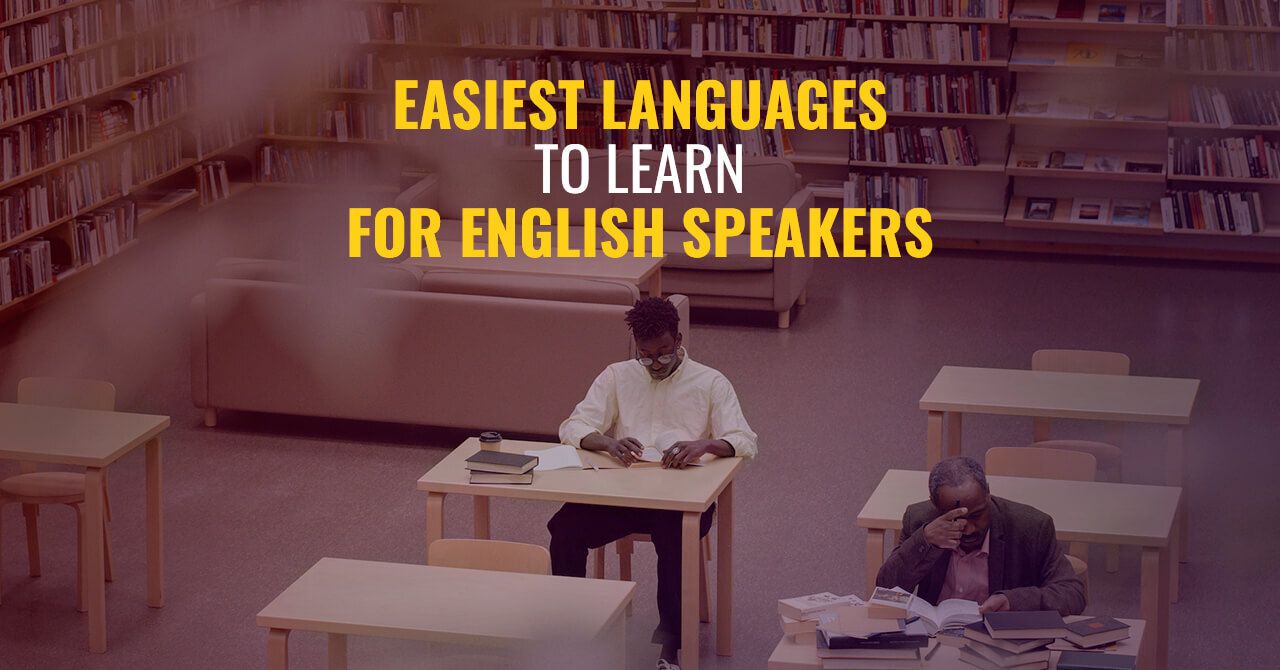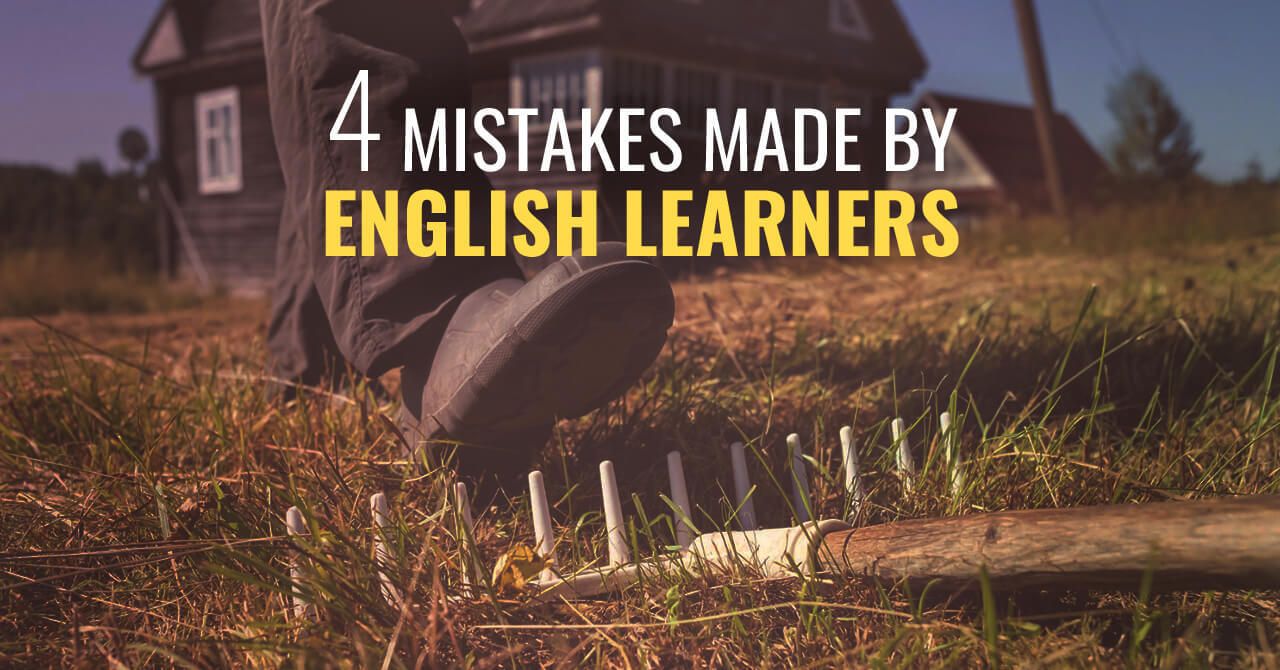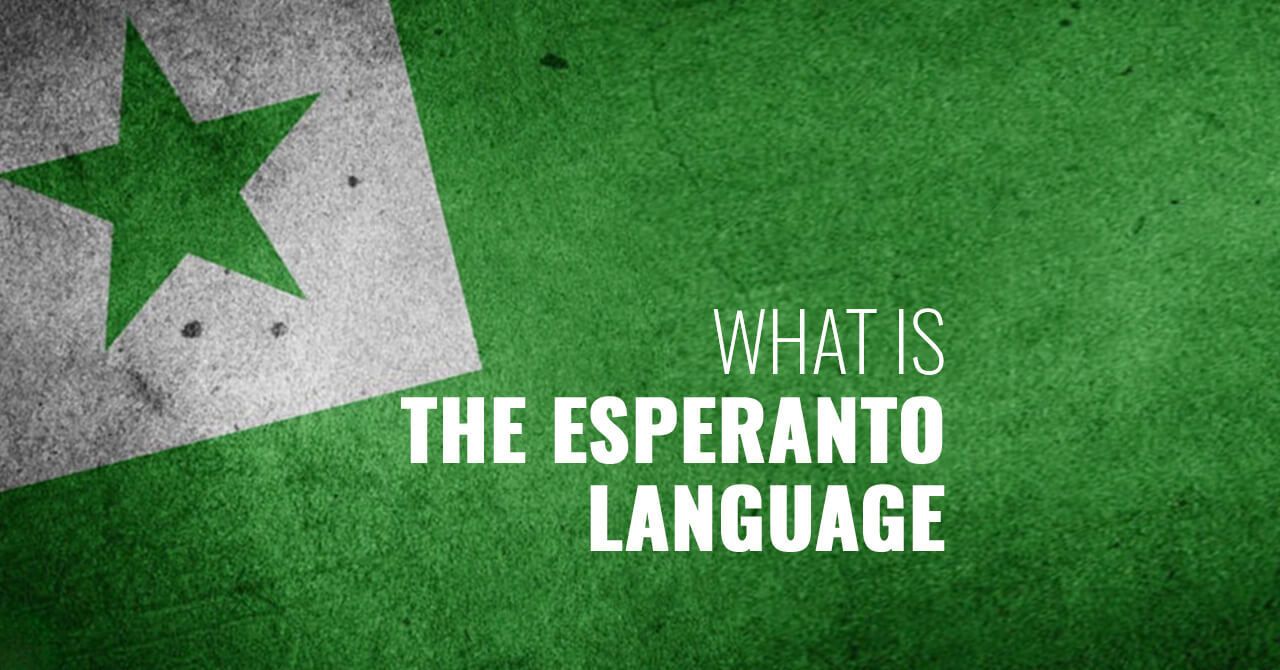Language Learning
Lots of exciting information about languages, their history, and tips on learning them. Become a polyglot with us!

The Easiest Language to Learn for English Speakers Revealed
To help you avoid wasting time and effort researching the world’s easiest language or analyzing language after language until you end up with the wrong one, we’ve selected a few languages that English speakers tend to pick up very quickly.

5 Words With the Same Spelling, Pronunciation & Meaning in Different Languages
Cognates are words with the same origin and similar meanings in different languages.

How to Choose a Monolingual Dictionary
When choosing an online monolingual dictionary, consider the level of detail provided in definitions, the range of words included, and the credibility of the publisher.

British vs. American English: Some Differences
British and American English are more similar than different, most would agree, but the two dialects vary in areas like pronunciation, spelling, and grammar. This essay will focus on these differences.

4 Common Mistakes Made by English Learners And How to Avoid Them
As an English language learner, you may have experienced the frustration of saying something that you think is correct only to have someone give you a strange look or correct your mistake.

Three Essential Tips to Get a Better Score on a Reading Test
Many people believe the reading test is hard, but I don’t think so. Here I give you three tips to get a better score on reading tests.

How Was the Esperanto Language Invented? Who Speaks It?
Although it’s far from being widely spoken today, Esperanto is far from dying out. In fact, people are showing interest in this language now more than ever.

What is the First Step in Learning a Language?
When the desire and drive to learn a language arises, we often don’t know where to start and how to focus. This step-by-step guide will help you overcome the unknown in a simple and practical way.